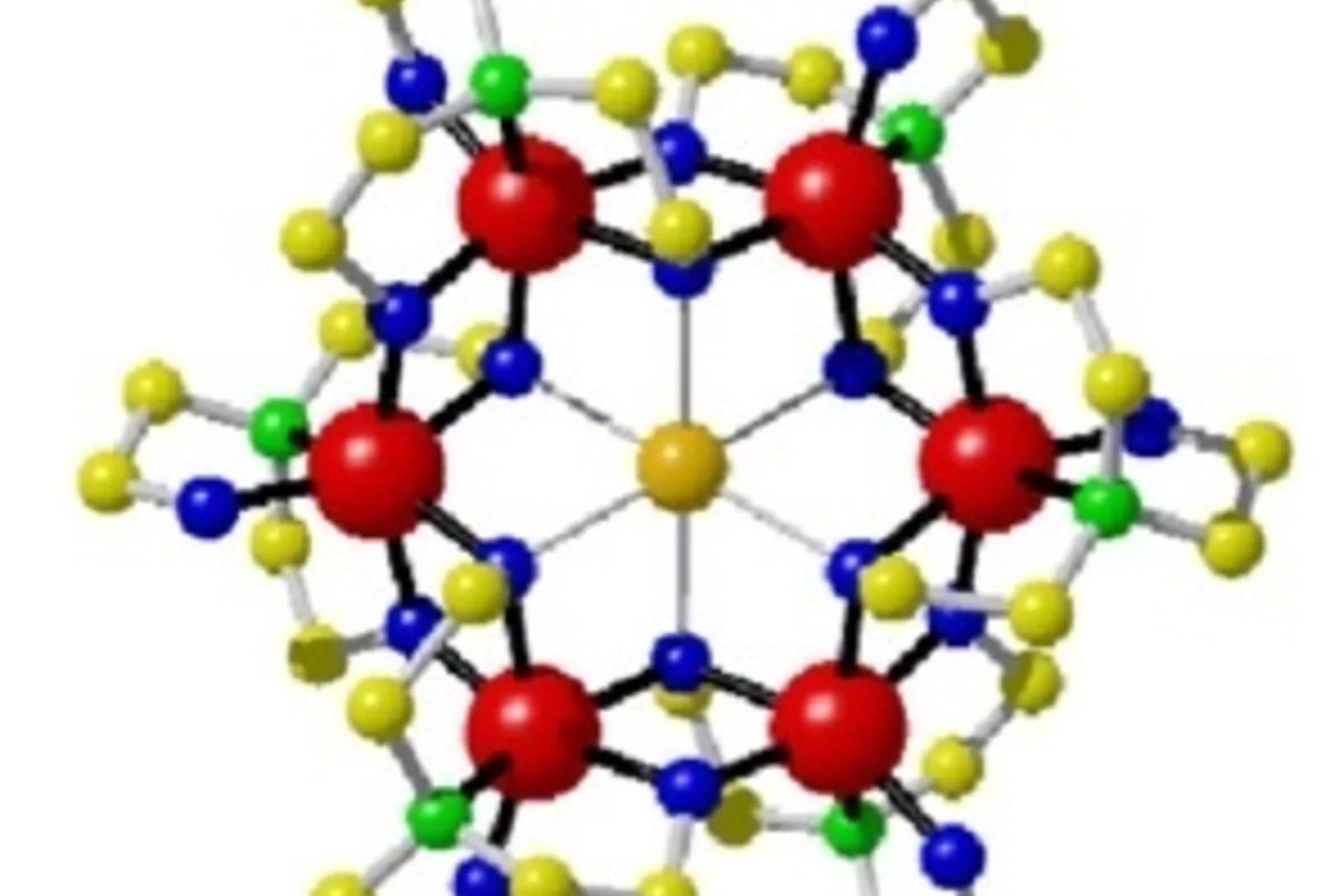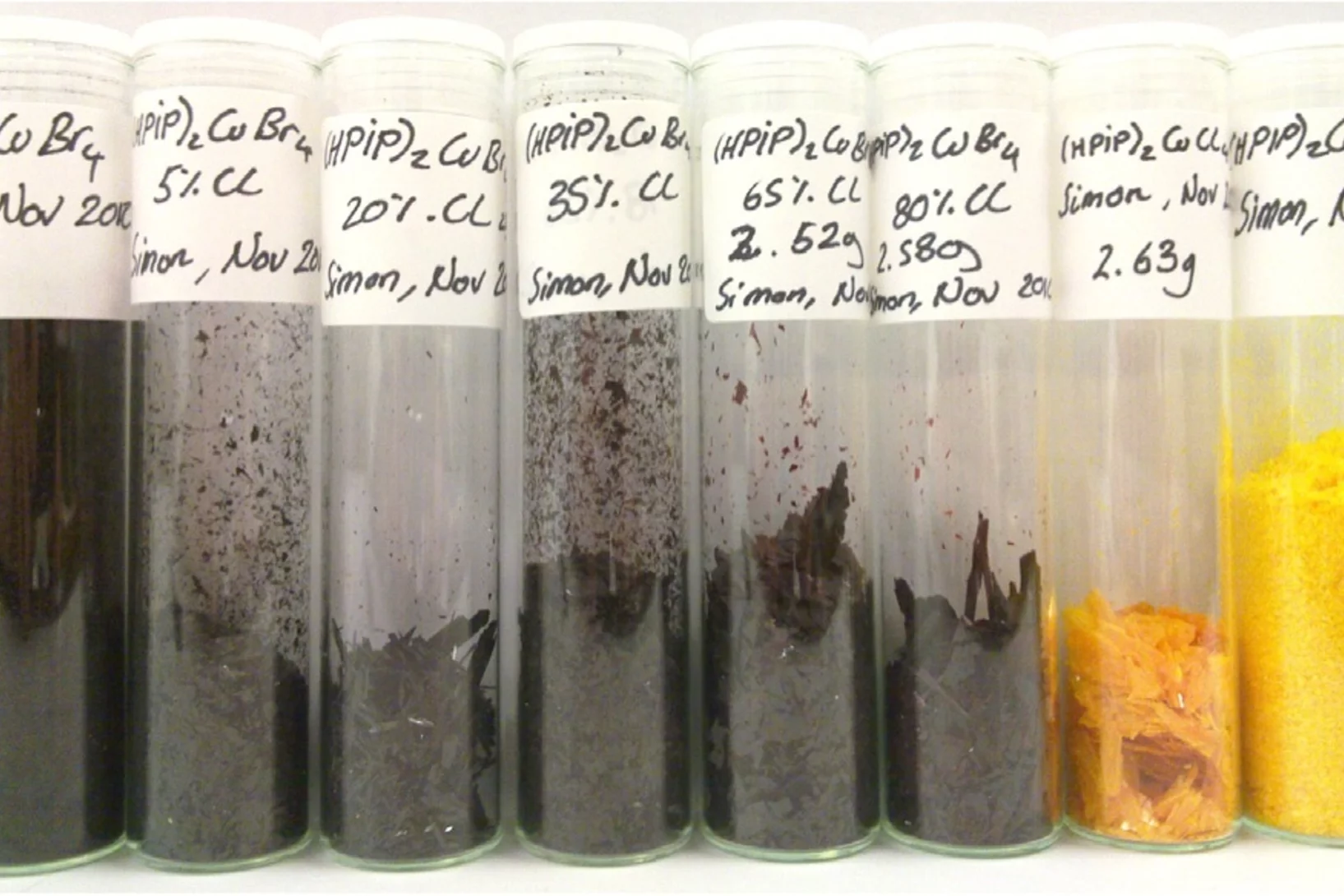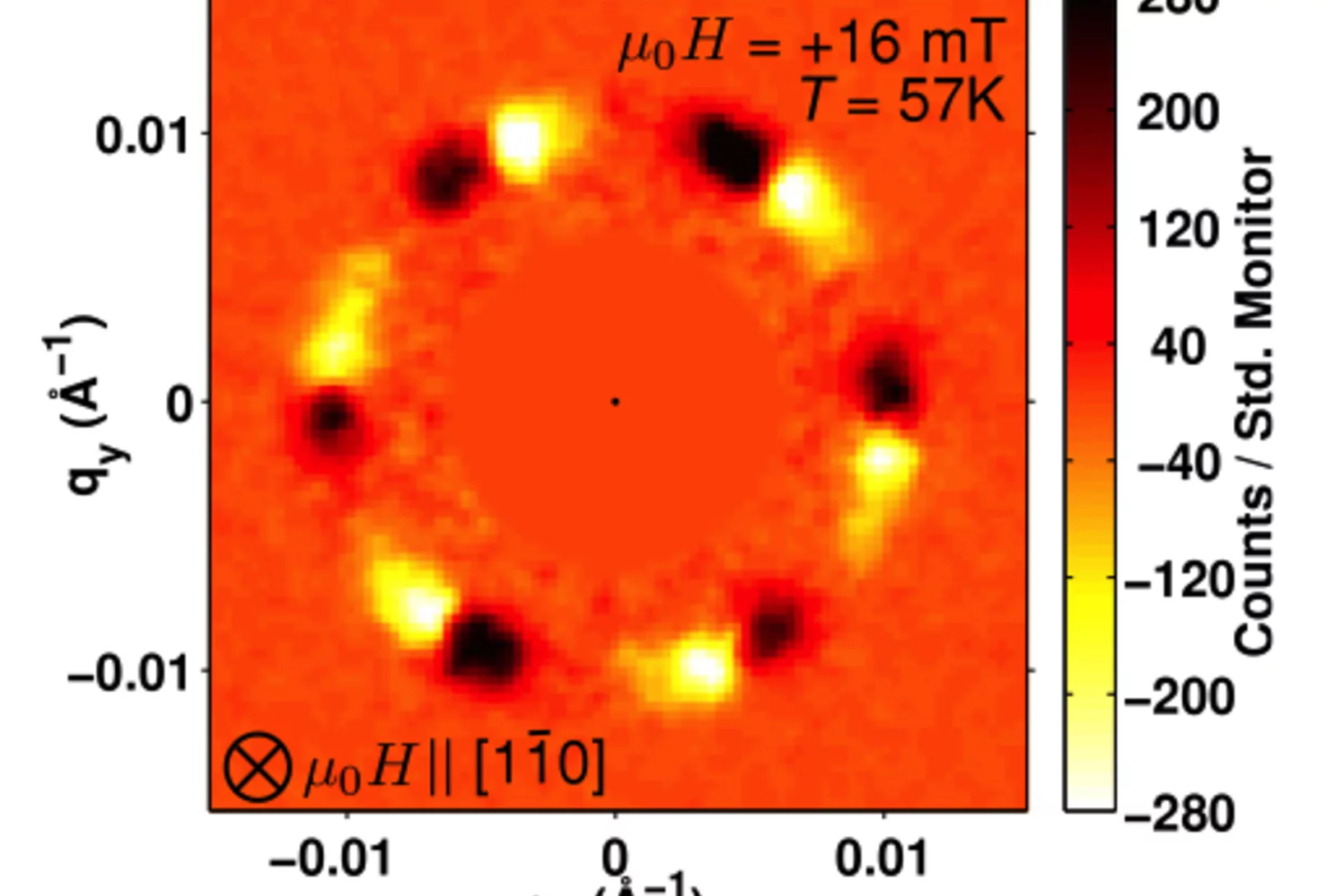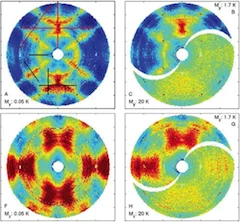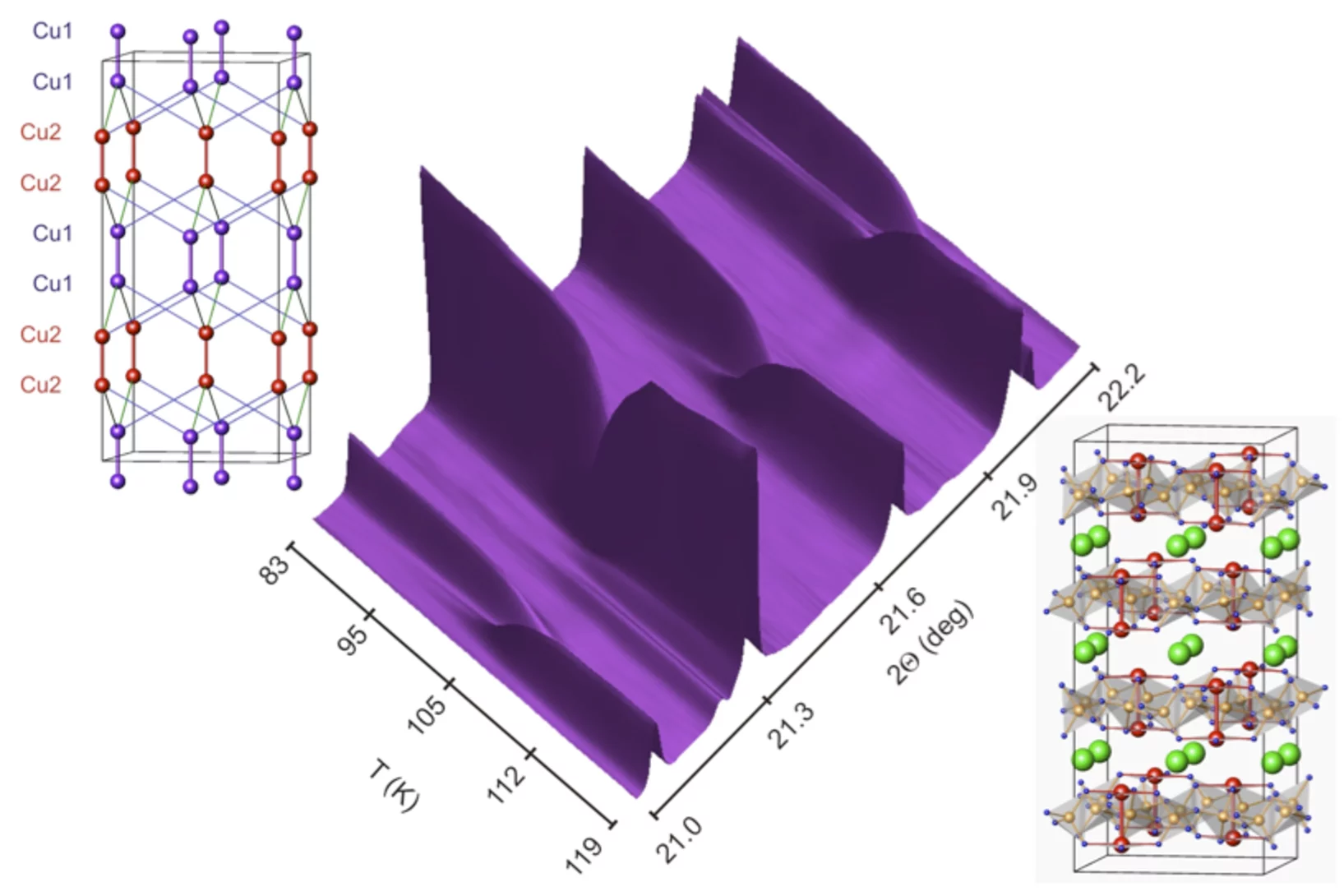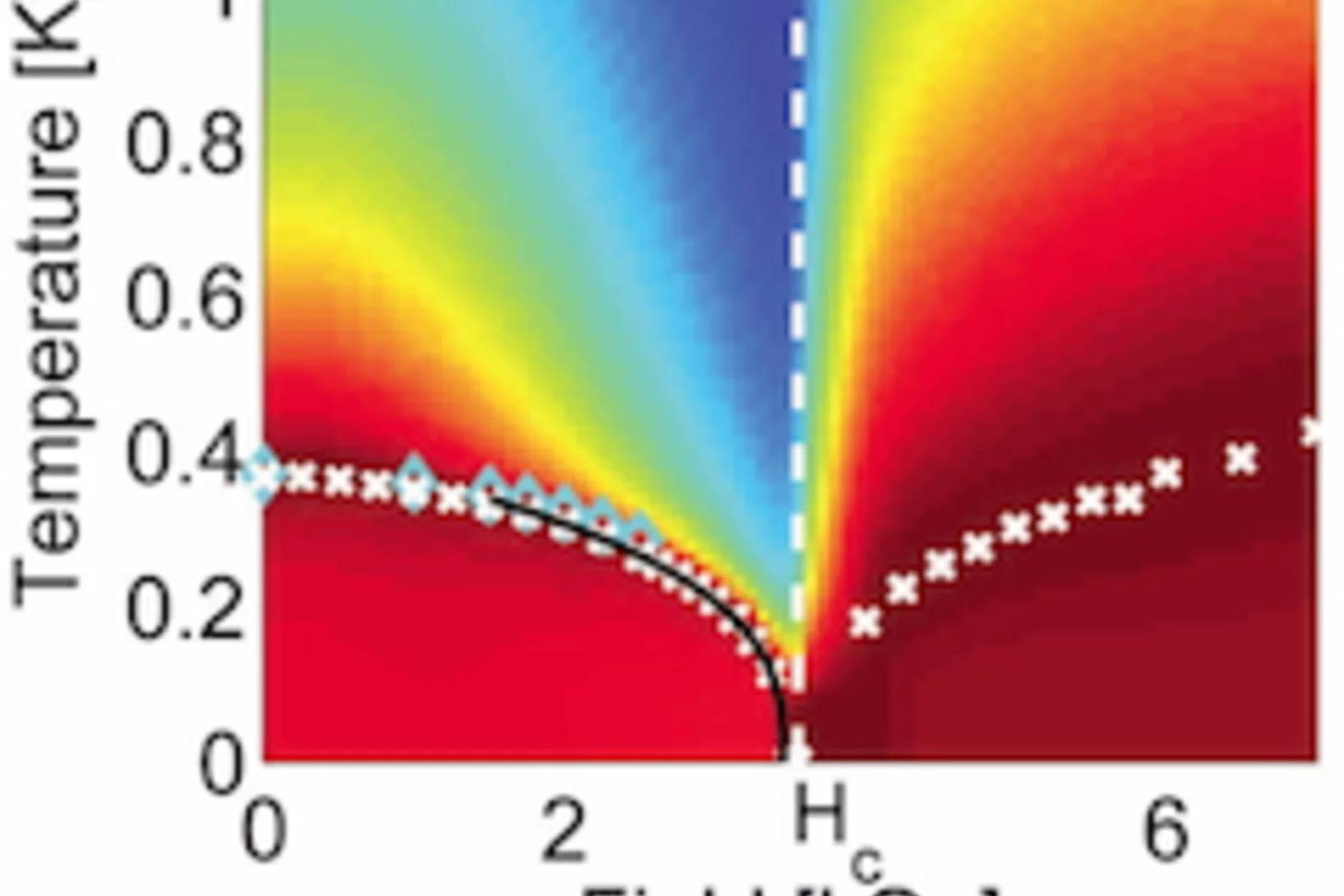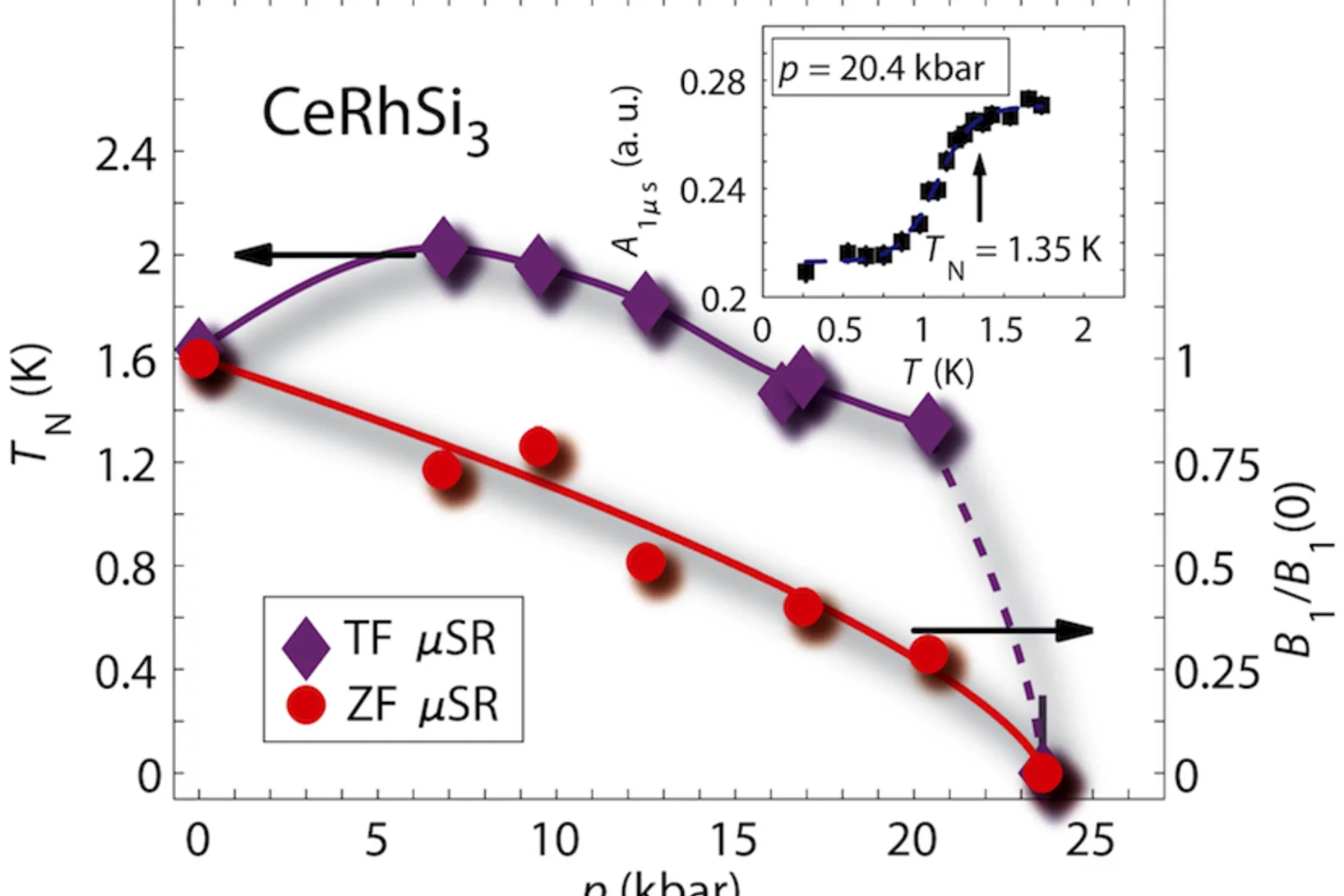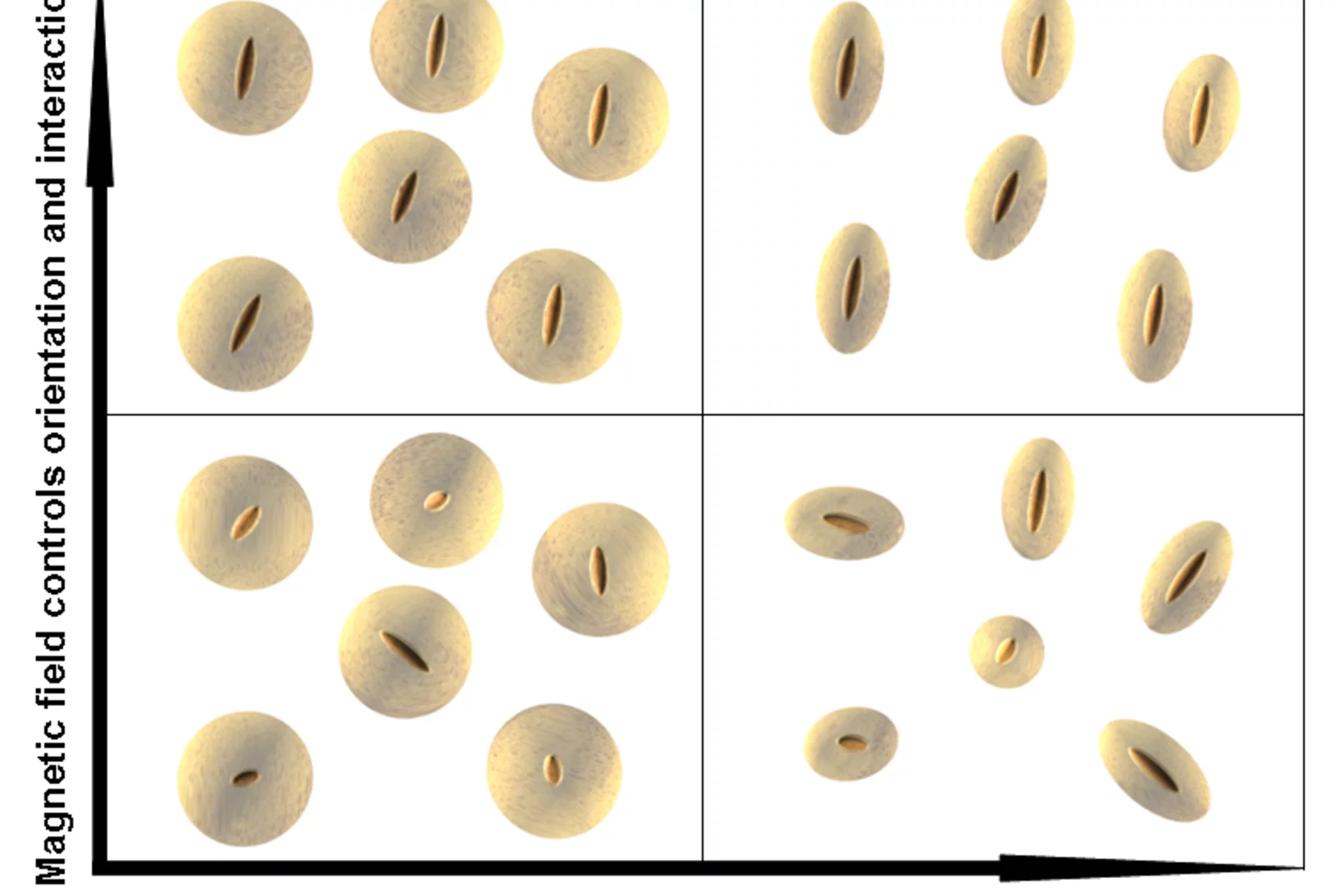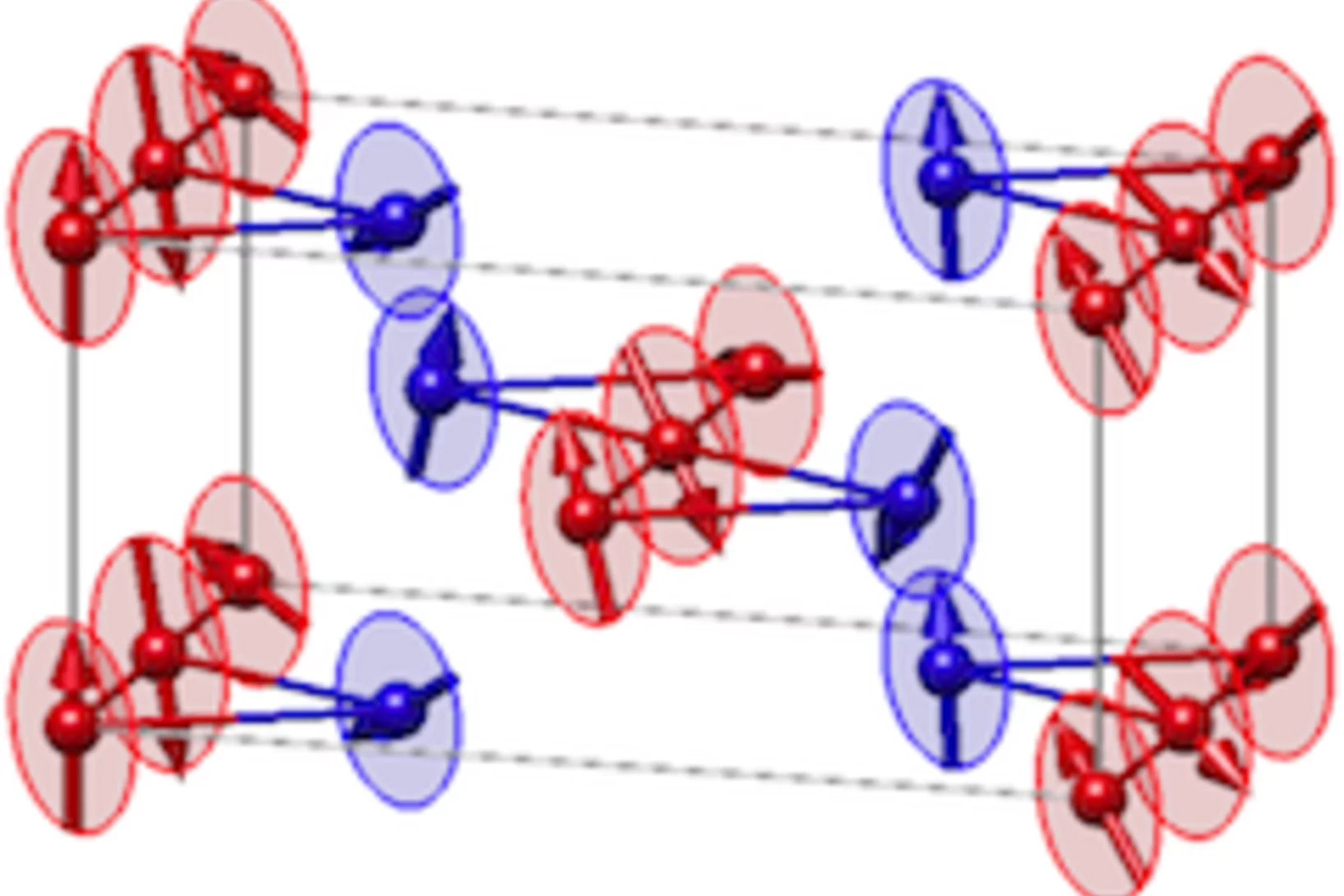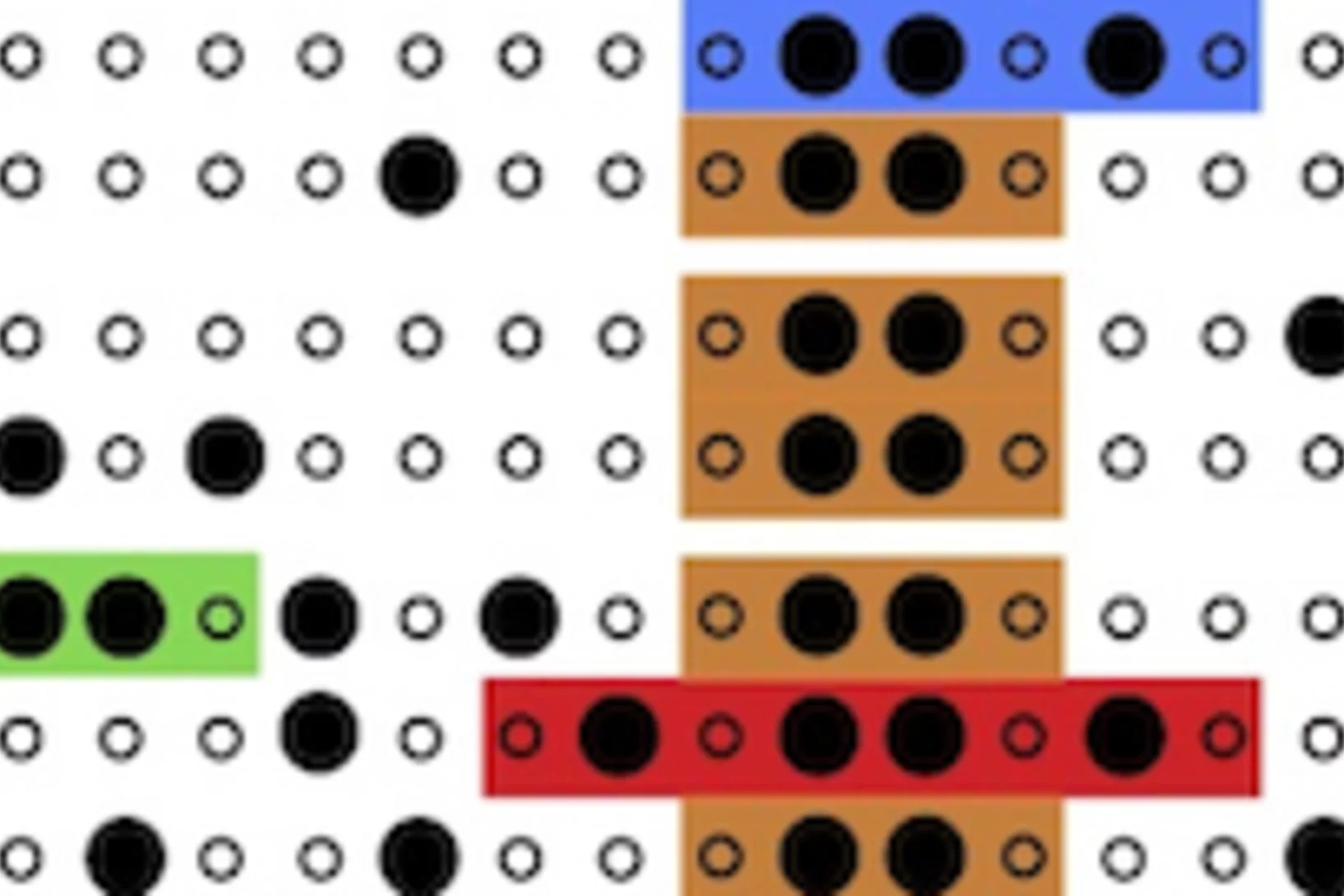Magnetic Cluster Excitations
Magnetic clusters, i.e., assemblies of a finite number (between two or three and several hundred) of interacting spin centers which are magnetically decoupled from their environment, can be found in many materials ranging from inorganic compounds and magnetic molecules to artificial metal structures formed on surfaces and metalloproteins.
Spin ladders and quantum simulators for Tomonaga-Luttinger liquids
Magnetic insulators have proven to be usable as quantum simulators for itinerant interacting quantum systems. In particular the compound (C5H12N)2CuBr4 (for short: (Hpip)2CuBr4) was shown to be a remarkable realization of a Tomonaga-Luttinger liquid (TLL) and allowed us to quantitatively test the TLL theory.
Persistent Spin Dynamics Intrinsic to Amplitude-Modulated Long-Range Magnetic Order
In geometrically and/or exchange frustrated materials spin fluctuations may endure down to lowest accessible temperatures - the phenomenon known as persistent spin dynamics. Since spin fluctuations hinder the onset of extended static correlations, persistent spin dynamics and long-range magnetic order are generally considered as mutually exclusive. Remarkably, their coexistence has been found in several frustrated magnetic systems but was lacking a suitable explanation.
Electric field control of the skyrmion lattice in Cu2OSeO3
Skyrmions are topologically protected magnetic spin 'whirls' that form a hexagonal 2D lattice in non-centrosymmetric magnets. Until recently, skyrmions had only been observed in itinerant metallic alloys such as MnSi, where they can also be manipulated by applied electric currents.
Power-Law Spin Correlations in the Pyrochlore Antiferromagnet Tb2Ti2O7
Spin correlations with power-law decay are usually associated with a critical point, but stable phases with power-law correlations may exist in frustrated magnets. Such phases are interesting, because they represent model materials where short-range interactions and local constraints lead to emergent symmetries and fractional quasiparticles.
Two types of adjacent dimer layers in the low temperature phase of BaCuSi2O6
The interest in BaCuSi2O6 is motivated by its extraordinary phase diagram with field-induced Bose-Einstein condensation. Being a quantum paramagnet at zero magnetic field down to the lowest temperatures, the system displays a quantum phase transition into a magnetically ordered state at the critical value of magnetic field of ~23.5 T.
Dipolar Antiferromagnetism and Quantum Criticality in LiErF4
Magnetism has been predicted to occur in systems in which dipolar interactions dominate exchange. We present neutron scattering, specific heat, and magnetic susceptibility data for LiErF4, establishing it as a model dipolar-coupled antiferromagnet with planar spin-anisotropy and a quantum phase transition in applied field Hc|| = 4.0 ± 0.1 kilo-oersteds.
Direct observation of the quantum critical point in heavy fermion CeRhSi3
In many heavy fermion materials the quantum critical point is masked by superconductivity and it can only be detected by use of a local probe. In the noncentrosymmetric heavy fermion CeRhSi3 the ground state at ambient pressure is antiferromagnetically ordered and superconductivity sets in above 12 kbar coexisting with antiferromagnetism. We have unraveled a magnetic quantum critical point hidden deep inside the superconducting state of CeRhSi3.
Ellipsoidal hybrid magnetic microgel particles with thermally tunable aspect ratios
We report on the synthesis and characterization of multiresponsive hybrid microgel particles. The particles consist of ellipsoidal silica-coated maghemite cores subsequently coated with thermoresponsive poly (N-isopropylacrylamide) (PNIPAM) shells. The PNIPAM shell enables the hybrid particle to alter its size and ratio of long to small axis with increasing temperature while the core morphology remains unchanged.
Directly coupled Ferromagnetism and Ferroelectricity in the Olivine Mn2GeO4
The olivine compound Mn2GeO4 is shown to feature both a ferroelectric polarization and a ferromagnetic magnetization that are directly coupled and point along the same direction. We show that a spin spiral generates ferroelectricity, and a canted commensurate order leads to weak ferromagnetism.
Direct Observation of Local Mn-Mn Distances in the Paramagnetic Compound CsMnxMg1-xBr3
We introduce a novel method for local structure determination with a spatial resolution of the order of 0.01 Å. It can be applied to materials containing clusters of exchange-coupled magnetic atoms. We use neutron spectroscopy to probe the energies of the cluster excitations which are determined by the interatomic coupling strength J.


